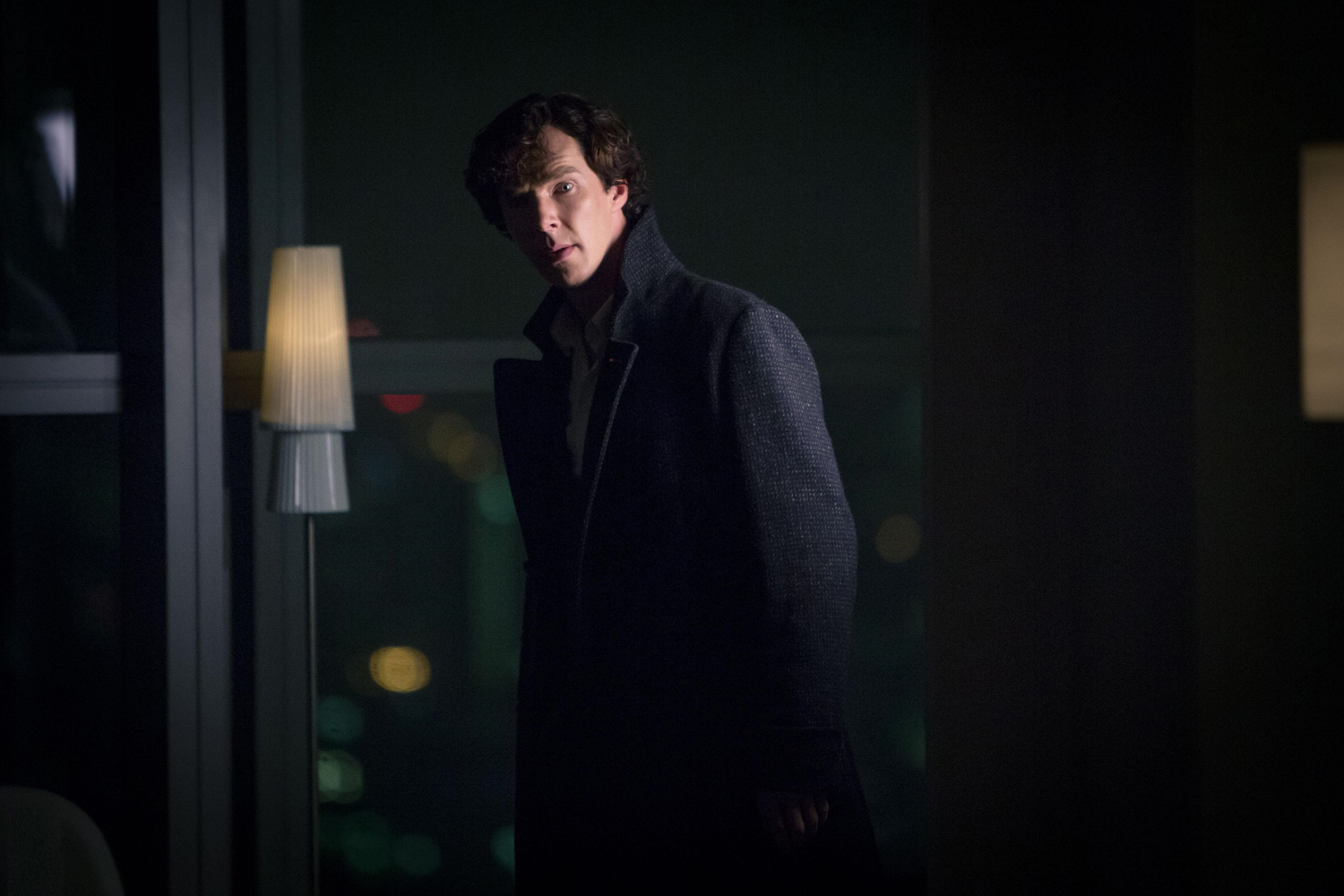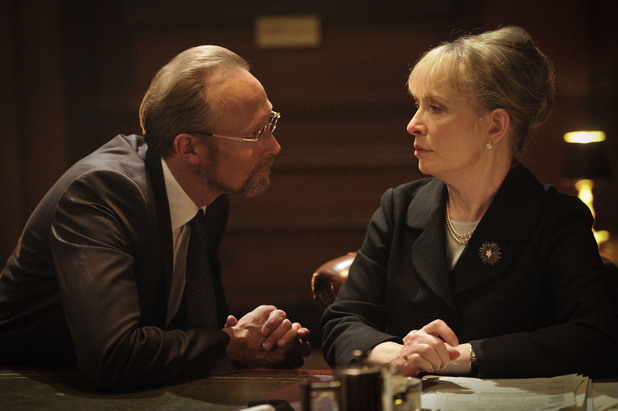How 'Sherlock' Series 3 Changes the Show for the Better
SPOILER ALERT - this post discusses all of series 3 of Sherlock, including episode 3, "His Last Vow".
After airing its three episodes over just two weeks, series 3 of Sherlock is now finished. The only downside to the show’s three-installment series is that they fly by like summer holidays, and now we’re left to wait until the teased fourth series premieres (hopefully in a year or less).
But what of the much-anticipated episodes that just finished? What kind of impact has the new series of Sherlock had on the show as a whole?
I’m probably not the only one to notice how the show gets steadily funnier and even more sentimental in “The Empty Hearse”, “The Sign of Three” and “His Last Vow”. Some viewers have even described it as "campy" - not necessarily a bad thing. So at first, I thought it was an example of the writers re-establishing the characters after a long two-year absence, and acknowledging the massive (and sometimes unsettling) online fandom that has sprung up for the show.
But as the lighter tone continued throughout the series, I realized that a change has also come over Sherlock - specifically, some substantial character development. And even though it may mean a minor departure from the gritty, 21st-century vibe of series 1, I believe it’s a positive shift for an already-strong creation.
Think back to 2010, when Sherlock premiered. The first three episodes of the show were much heavier with plot, and while they still contained plenty of banter between the characters, the Holmesian mechanic of solving mysteries in each episode was the primary focus.
In series 3, we catch up with a cast of characters we know well. We already understand how good Sherlock (Benedict Cumberbatch) and Watson (Martin Freeman) are at solving crimes. By now, a lot of us take it for granted that Sherlock’s computer-like mind can make brilliant deductions based on seemingly minute observations. And we expect Watson to be working alongside, acting as a foil for Sherlock and helping him navigate the social situations he can’t process.
So the new series dials back the plot, and gives us more of what we really love about the show: charming character moments and jokes, most of which are particularly rewarding if you’re a long-time fan. Mark Gatiss and Steven Moffat do a fine job of riffing on what we think we know about the characters, while also spending time exploring and deepening the characters’ relationships.
It begins in “The Empty Hearse”, where the plot to blow up Parliament takes a back seat to Sherlock and Watson working to repair their partnership (albeit through some violent encounters), following Sherlock’s faked death from “The Reichenbach Fall”. Watson is justifiably furious at Sherlock, and as a result, they don't really team up again until the final half hour of the episode.
In “The Sign of Three”, the episode gives way to a funny multi-mystery recap structure, told in the form of Sherlock’s awkward best man speech. Sure, this makes for a more rushed, messy storyline. But it also forces Sherlock to express - in public - how grateful he is for John's friendship, a scene that helps us continue to care about Sherlock, rather than see him merely as the intellectual superhero that he is.
Even when Moffat’s story for “His Last Vow” coalesces around a singular mystery involving a sadistic businessman, the real tension in the plot concerns the doubts we suddenly have about Watson’s wife, Mary. Certainly, this means that the show is getting more sentimental – just consider that sweeping choice of music used in the Mary Watson confrontation scene. I much prefer it, though, to a formulaic crime procedural with a magic detective, which Sherlock may have morphed into if the writers weren’t careful.
Thankfully, certain integral parts of Sherlock remain the same in series 3. Specifically, the energetic visual style, with fascinating editing and innovative set pieces, is just as involving as before. Consider the scenes from Sherlock’s “mind palace” in the most recent episode: the character duplicates frozen in time (in the scene below Magnussen’s penthouse) or the raving spectre of Moriarty chanting in a padded cell.
Neither has Sherlock lost its touch for featuring skin-crawling villains. Some fans may have worried that with Moriarty’s apparent suicide at the end of series 2, Sherlock would be hard-pressed to introduce a similarly spine-tingling bad guy.
Magnussen doesn’t disappoint: his utter arrogance and frightening intellect (not to mention his repulsive attitude about bodily fluids) make him just as terrifying as Moriarty. I only wish we could have seen more of his influence spread through the series: whereas Moriarty is always in the background in the first six episodes, Magnussen’s actions are really only felt in “His Last Vow”.
In short, Sherlock series 3 was cause for a sigh of relief (aside from the obvious excitement about its return). Cynical TV viewer that I am, I know that it’s all too easy for a series to break down over time, or for a creative team to fall back on formula. Here’s to the continuing evolution of an already masterful creation.
-
What did you think of Sherlock series 3? Did it meet your expectations after its long hiatus? Did you also notice the shift I described above, or did series 3 feel the same as earlier installments? Join the discussion in the comments section, and if you liked this post, share it with your friends and followers!



